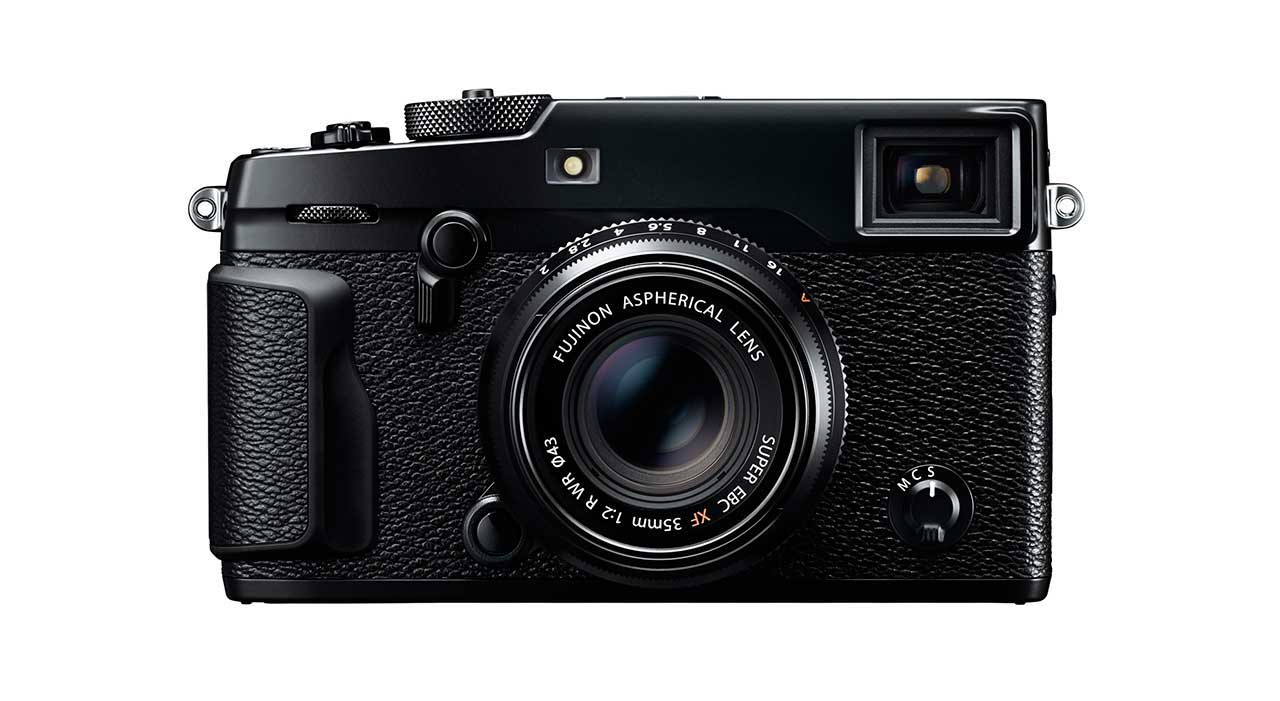Snap Verdict
The Fuji X-Pro2 is Fuji’s second rangefinder-style mirrorless system camera and it replaces the X-Pro1, joining the X-T1 at the top of the manufacturer’s camera line-up. It makes a host of improvements upon its predecessor including a new 24Mp sensor, enhanced autofocusing, a better hybrid viewfinder and a new controller for selecting the AF point.
Aside from easier AF point selection and an additional control dial, the X-Pro2’s handling is broadly similar to the X-Pro1’s and it’s designed to appeal to dedicated enthusiast photographers, having traditional exposure controls.
The AF system isn’t quite up to the standard of some competing cameras and the exposure compensation dial has a tendency to get knocked out of position, but the X-Pro2 produces attractive high-quality images.
Key features
- Date announced: 15th Jan 2016
- Price at launch: £1,349/$1,699 (body only)Sensor size: APS-C (23.6 x 15.6mm)
- Effective pixel count: 24.3 million
- Processor: X Processor Pro
- Lens Mount: X
- Viewfinder: Optical: reverse Galilean with 92%, Electronic: 0.48-inch TFT with 2,360,000 dots covering 100%
- Sensitivity range: ISO 200-12,800 expandable to ISO 100-51,200
- AF system: Hybrid with up to 273 points
- Monitor: 3-inch LCD with 1,620,000 dots
- Max shooting rate: 8fps
- Max video resolution: Full HD (1920 x 1080)
- Storage: Dual SD/SDHC/SDXC (UHS-/UHS-II)
- Dimensions: 140.5 x 82.2 x 45.9mm
- Weight: 495g (body only), 445g with battery and card
The 16Mp X-Pro1 was Fuji’s first interchangeable lens X-series camera and it was incredibly popular. However, despite several firmware upgrades, by the end of its four year life it was starting to lag behind the competition. It’s replacement, the X-Pro2 is bang up to date with a 24.3Mp APS-C format (23.6 x 15.6mm) X-Trans CMOS III sensor, X Processor Pro engine and a new hybrid autofocusing system with 273 points.
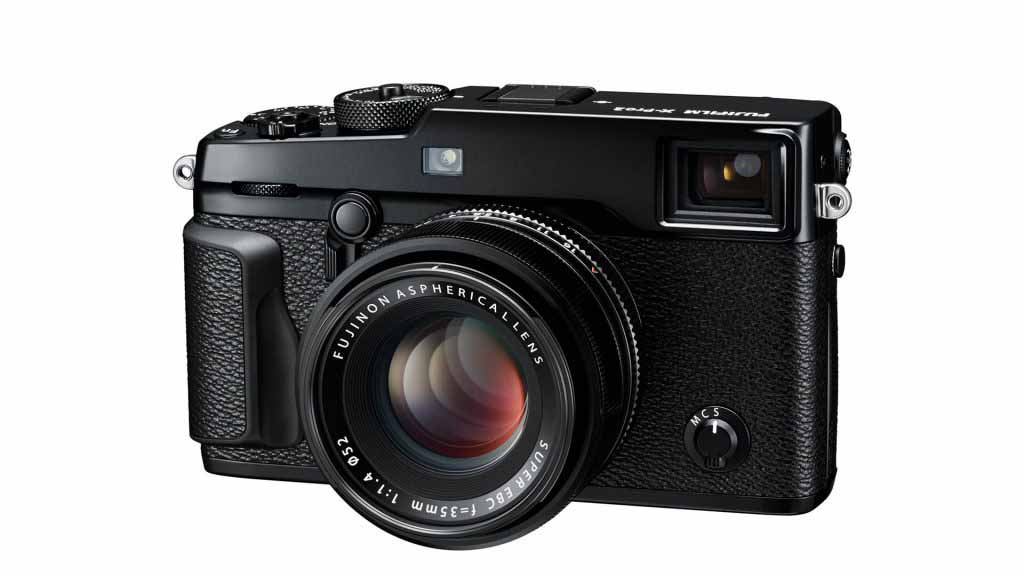
Despite the increase in pixel count that the X-Pro2 makes on the X-Pro1, Fuji has expanded the new camera’s sensitivity range to ISO 200-12,800, one stop higher than its predecessor. There are expansion modes of ISO 100, 25,600 and 51,200 and unlike earlier Fuji cameras it’s possible to shoot raw files as well as jpegs at these settings.
Fuji’s X-Trans CMOS sensors are interesting because instead of the usual Bayer colour filter array which has a regular RGGB (red, green, green, blue) filter pattern, they use a randomised pattern of colour filters. This avoids the need for an optical low pass filter (OLPF) to prevent moire patterning and therefore enables the cameras to capture more detail than some with a standard filter array.
The X-Pro1 was launched at a time when there was still deep scepticism about the benefit of electronic viewfinders (EVF) and the fact that it had a hybrid finder that allowed you to switch between and optical or electronic finder was a bonus for many photographers.
EVFs have come a long way since then, but the X-Pro2 still has a hybrid viewfinder – something many prospective owners will appreciate. This is now an Advanced Hybrid Multi viewfinder and its possible to overlay a miniature version of the electronic viewfinder on the optical display to help with manual focusing.
SEE MORE: Hands-on Fuji X-T2 review

Fuji has increased the resolution of the EVF from 1.44 million dots in the X-Pro1 to 2.36 million in the X-Pro2 and there’s a maximum refresh rate of 85fps in High Performance power mode to make it easier to follow moving subjects.
The screen on the back of the camera has also been improved and the X-Pro2 has a 3-inch LCD with 1.62 million dots. Disappointingly, it’s fixed rather than tilting and it’s not touch-sensitive.
While the X-Pro2 is primarily a stills camera, it is possible to shoot Full HD video. Sadly there’s no 4K recording capability.
SEE MORE: Is the Fuji X-T2 better than the X-T1?
Fuji X-Pro2 Build and Handling
Four magnesium alloy plates and weather-proof seals give the X-Pro2 a good, solid feel. It looks and feels like a good-quality old-school film camera with a few extra buttons and screen on the back.
Fuji has given the X-Pro2 the same basic shape as the X-Pro1, but there are a few changes. The grip, for example is a little more pronounced so the new camera feels a bit more secure in your hand. On the back of the camera there’s also a small joystick-style Autofocus Lever that can be used to select AF point. It works like a dream, falling under your thumb as you look through the finder.
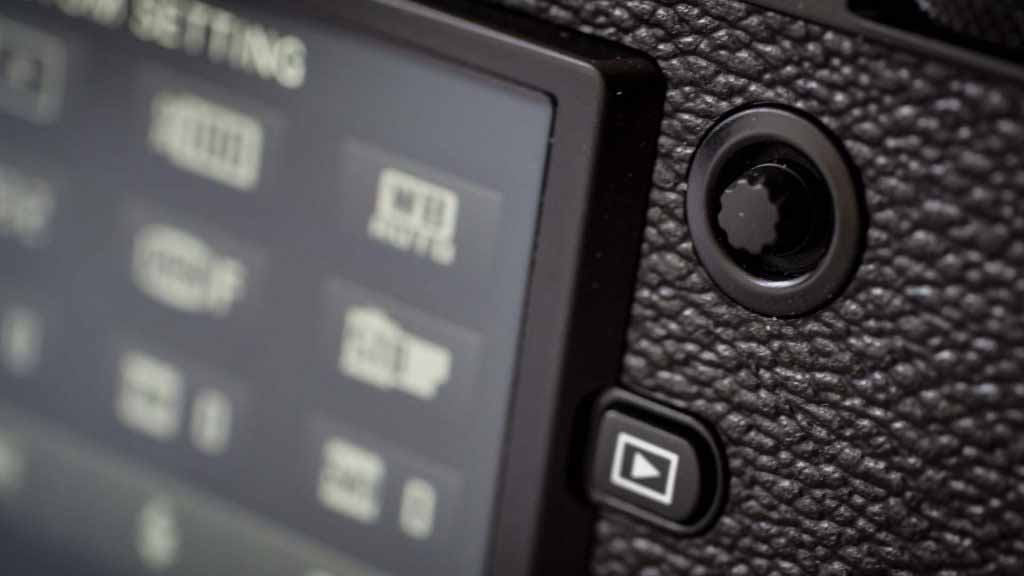
On the top-plate theres the familiar exposure compensation and shutter speed dials. The compensation dial runs from -3 to +3EV and has a ‘C’ option that allows you to extend the level of compensation to -/+5EV.

Unfortunately the exposure compensation dial is quite easily knocked out of position so it’s important to keep an eye on it before you take a shot – particularly if you’ve just pulled the camera from a bag.
The same is also true of the power switch which surrounds the shutter release button and protrudes from the front of the top-plate. There were several occasions when I pulled the camera out of my bag to find it already powered-up.
Fuji has made the shutter speed dial a little taller than the X-Pro1’s and it now has settings up to 1/8000sec. There’s also a small window through which the sensitivity setting can be seen. Lifting the and rotating the dial sets the desired ISO value. It’s a neat approach but it can be a little awkward to use.
SEE MORE: Fuji X-T10 review
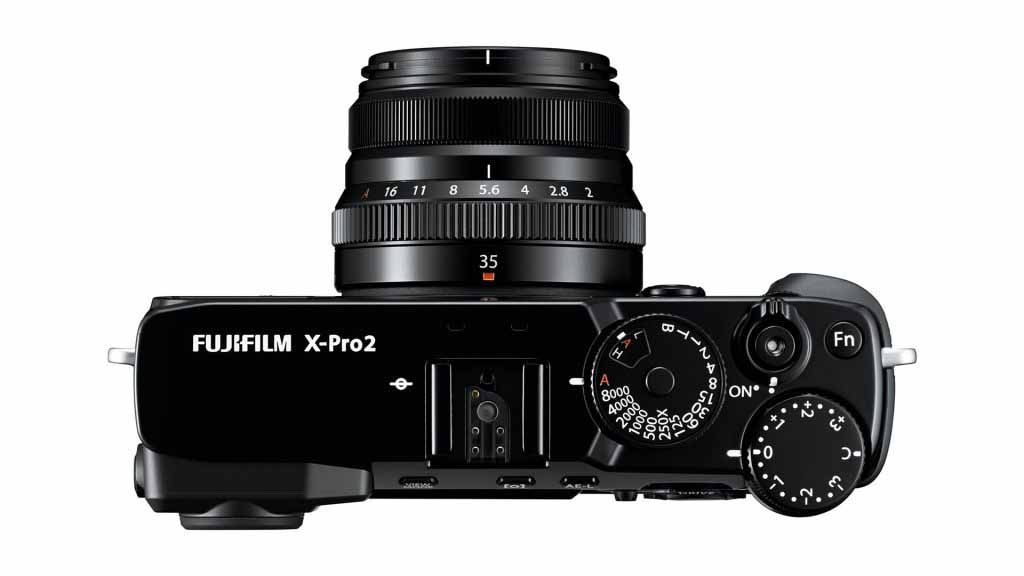
Many X-Pro1 users prefer to use the optical viewfinder. If they upgrade to the X-Pro2 they may find the EVF more agreeable than they expect, it provides a nice clear image and doesn’t suffer from excessive noise in low light. When the option is selected via the menu, the electronic viewfinder displays the images as they will be captured and in many cases the scene looks so attractive that it encourages you to take the photograph.
It’s also possible to switch the EVF to act like an optical finder and not shot the impact of settings changes, but that seems to go against the grain – one of the main benefits of an electronic finder is that you can see images with all the camera settings applied. Still it’s something that was requested so Fuji has provided it as an option.
A lever on the front of the camera just below the the shutter release is provided to allow you to switch between the optical and electronic finders. Flicking it to the right changes the finder, flicking to the left changes the view in that finder. The enlarged electronic overview very useful when you’re focusing manually through the optical finder.
SEE MORE: What lens is best for your camera? Here’s how to choose…
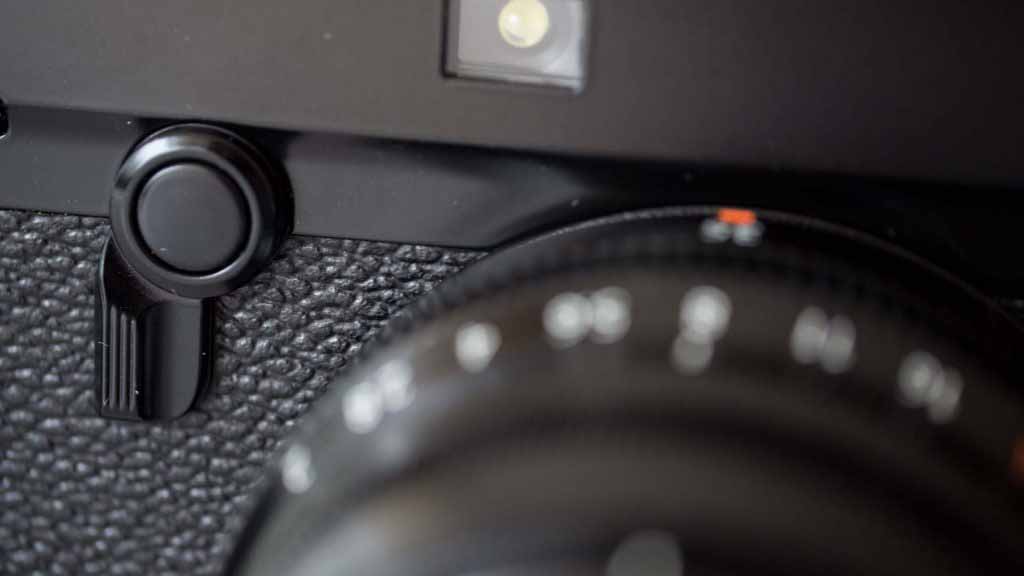
The optical finder, rectangular shape and small grip of the X-Pro2 make it a more natural partner for small prime lenses. As well as looking and feeling a little awkward on the body, long lenses obscure part of the view in the optical viewfinder.
Fuji X-Pro2 Performance
One area where the X-Pro2 really needs to improve upon the X-Pro1 is with the speed of its autofocus system. Happily it does just that. While it may not be the natural choice of camera for a sports photographer, it is possible to get good photographs of moving subjects with the X-Pro2.
In Wide/Tracking AF Mode the camera is capable of locating the subject and sticking with it as it moves around the frame and towards/away from the camera provided that it doesn’t move quickly. However, it’s fairly easily distracted by other objects in the scene and it’s better to use the Zone AF mode and a smaller number of AF points in a specific area.
In this mode the camera can keep up with fairly fast moving subjects and deliver sharp results. It’s not quite as fast or as dependable as the average DSLR’s focusing system, or indeed that of a mirrorless camera like the Sony Alpha a6300, but its certainly usable.
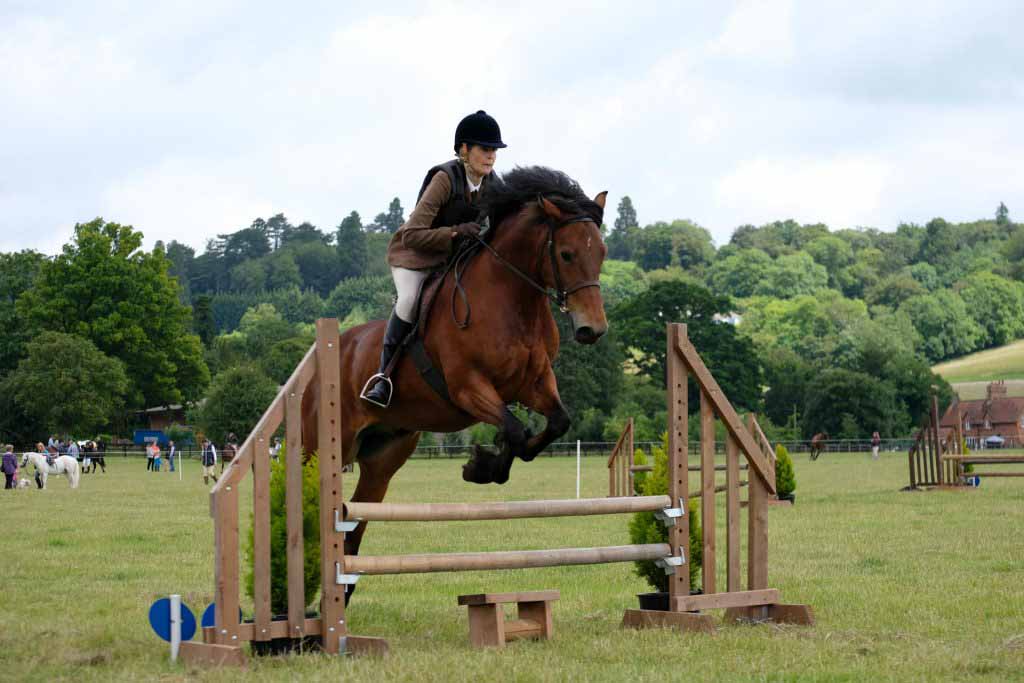
In our Fuji X-Pro2 review we found that images have a good level of detail that’s consistent with a 24Mp APS-C format camera and noise is controlled well throughout the native sensitivity range. Raw files have a wide dynamic range that allows a good degree of post-capture adjustment while jpegs have nice mid-tone contrast that makes for very attractive images straight from the camera.
Fuji’s Film Simulation modes have proved very popular and some professional wedding and documentary photographers use them routinely too get jpegs looking as they want while treating raw files as a back-up. Classic Chrome is a particular favourite at Jabber Towers. The new black and white Acros option also produces some good results, though you may like to tweak the Highlight and Shadow controls to boost contrast.

The X-Pro2’s automatic white balance system does a good job in most natural lighting conditions, but it’s worth understanding how to set a custom white balance value in artificial or mixed lighting situations – but that’s not unusual.

In many situations the general-purpose Multi metering system delivers correctly exposed results, but it can recommend settings that lead to slight underexposure under a bright overcast sky. When this happens it is apparent in the electronic viewfinder provided that it’s set to display the image as it will be captured.
Fuji X-Pro2 Verdict
In many situations during the course of our Fuji X-Pro2 review we found that the camera produces delightful, attractive images that have a wonderfully filmic quality, with pleasant colours and nice mid-tone contrast. It also feels very well made and the traditional controls give you a sense of being in complete control.
However, the power switch and exposure compensation dial are prone to moving accidentally, which can lead to a prematurely flat battery and/or incorrectly exposed shots.
Although it makes a significant improvement upon the X-Pro1, the X-Pro2 is launched into a market that also has the Fuji X-T1 and X-T10, two SLR-style cameras that are likely to have wider appeal, even if they have a lower pixel count. Nevertheless it is an attractive option for street and wedding photographers as well as optical viewfinder-lovers.
READ MORE
Best cheap cameras that are actually pretty awesome
Best DSLRs in the world in 2016
Best cameras for beginners in 2016
Also consider:
Fuji X-T1 Panasonic GX8 Olympus Pen-F
Fuji X-E2s
